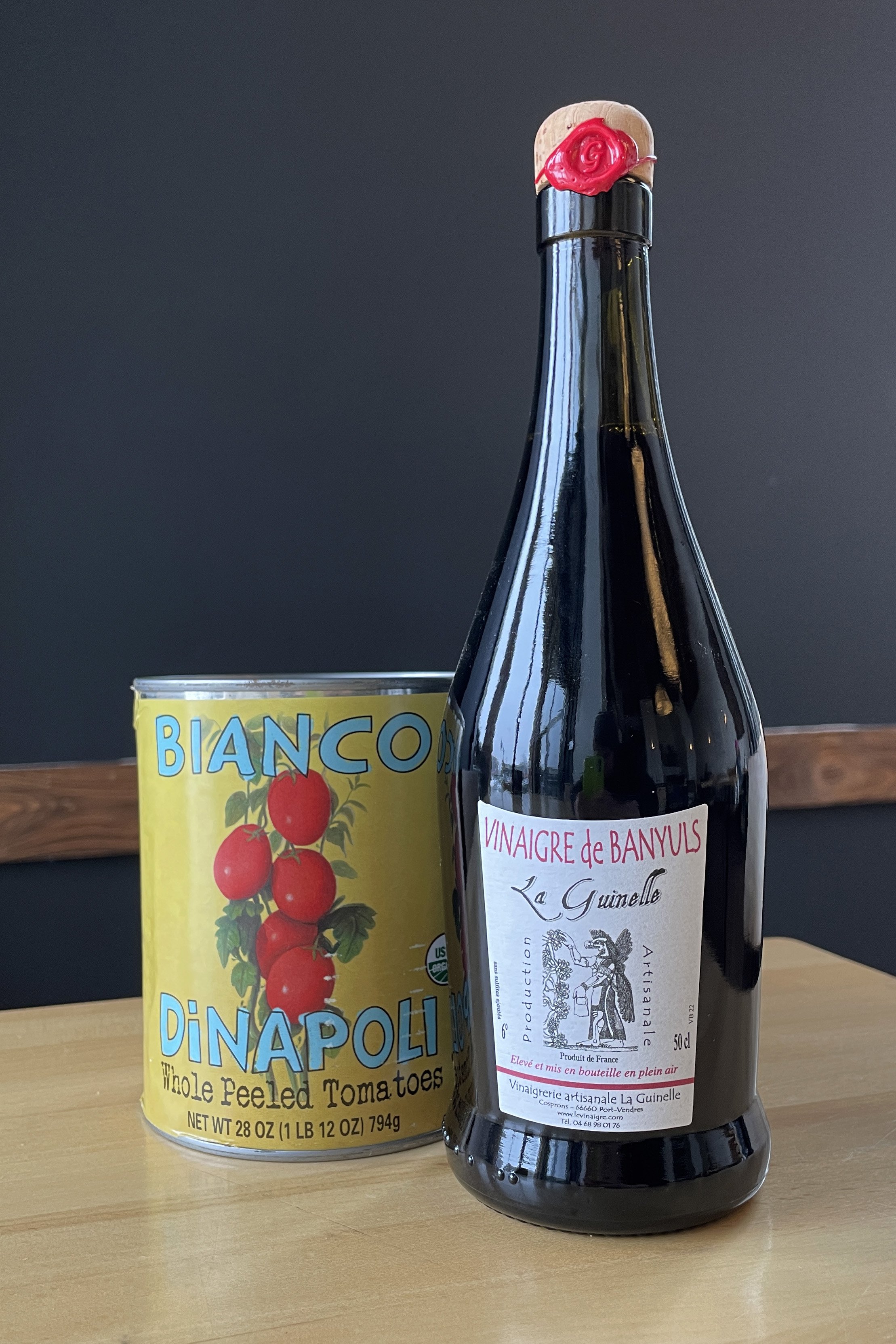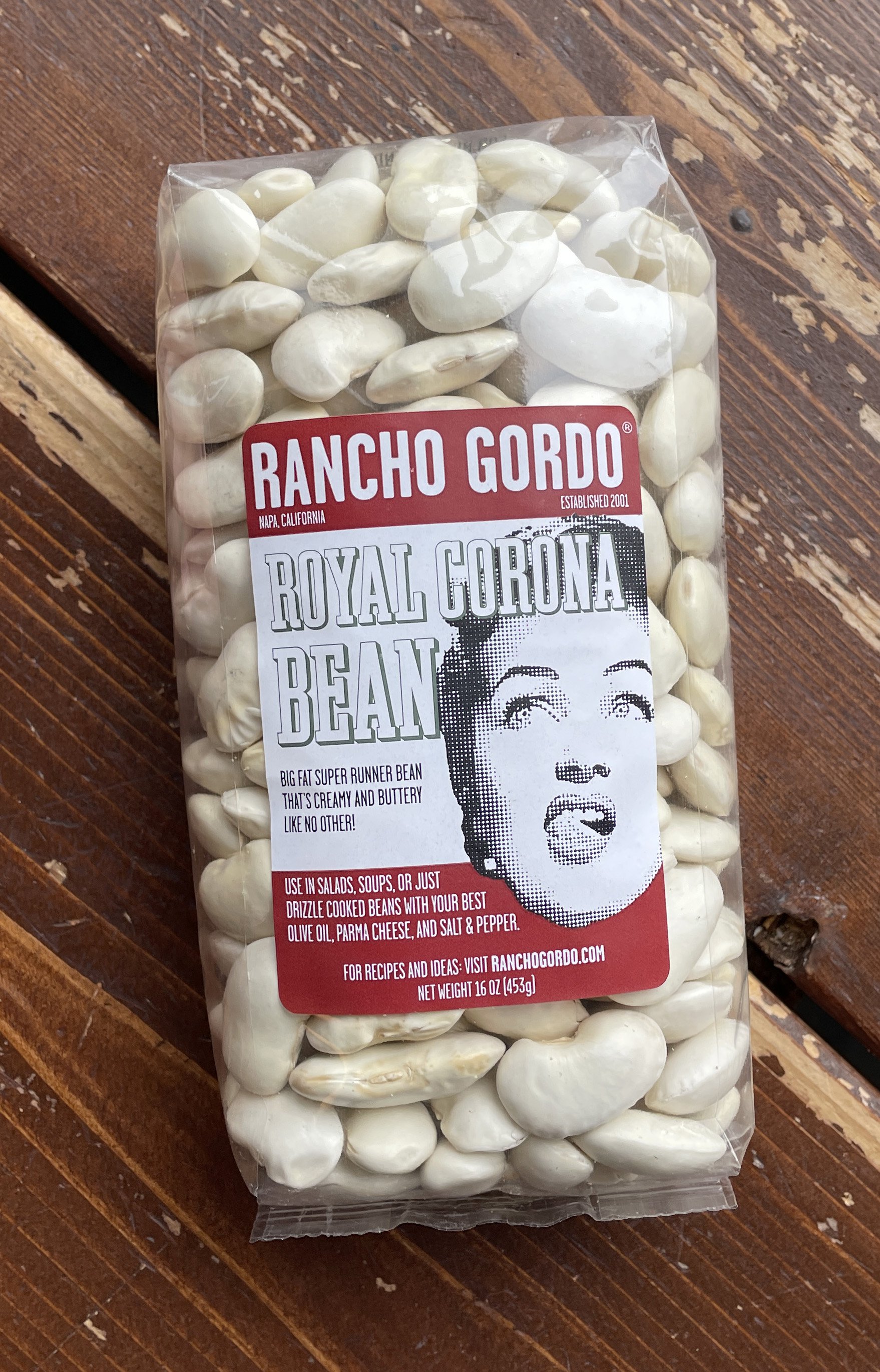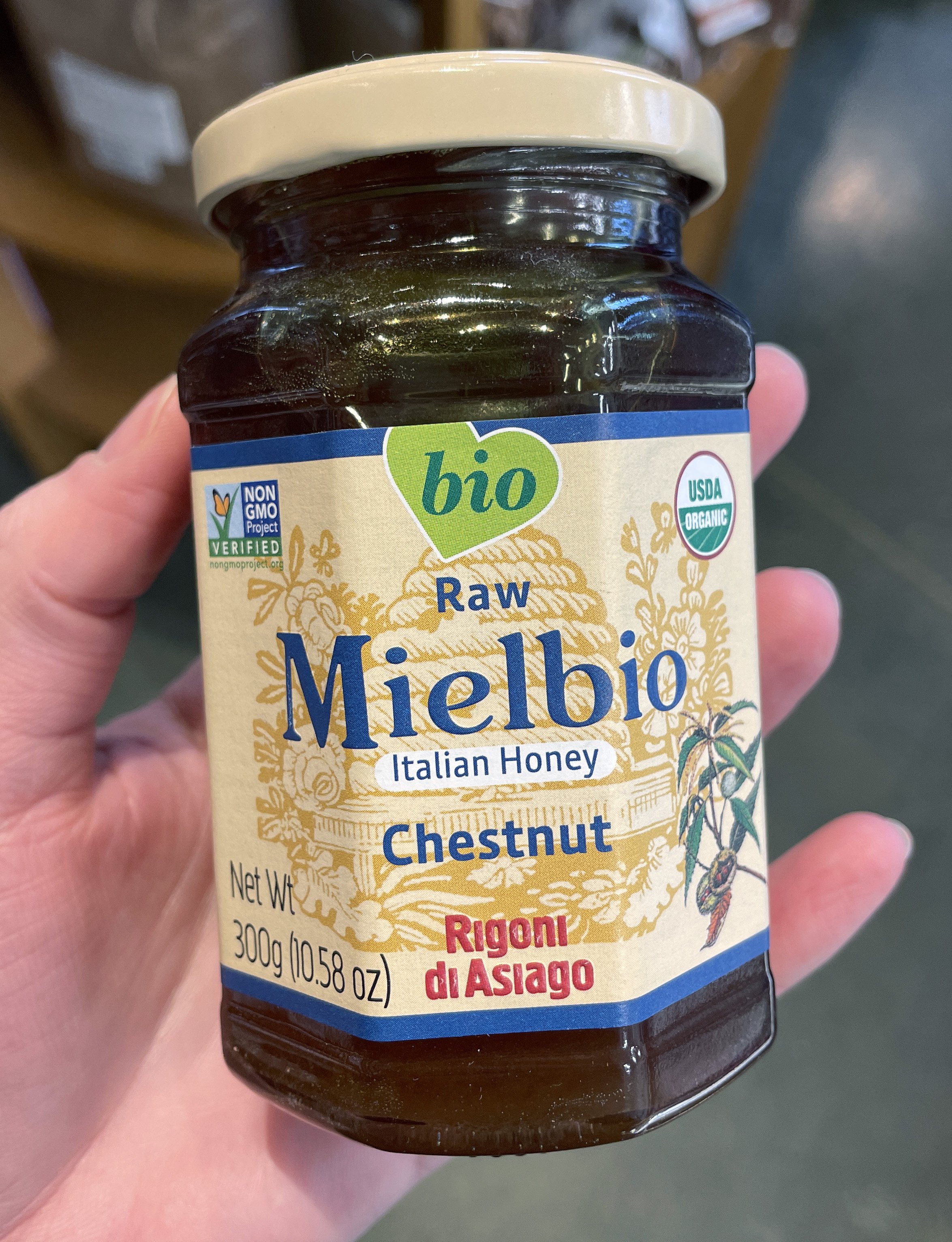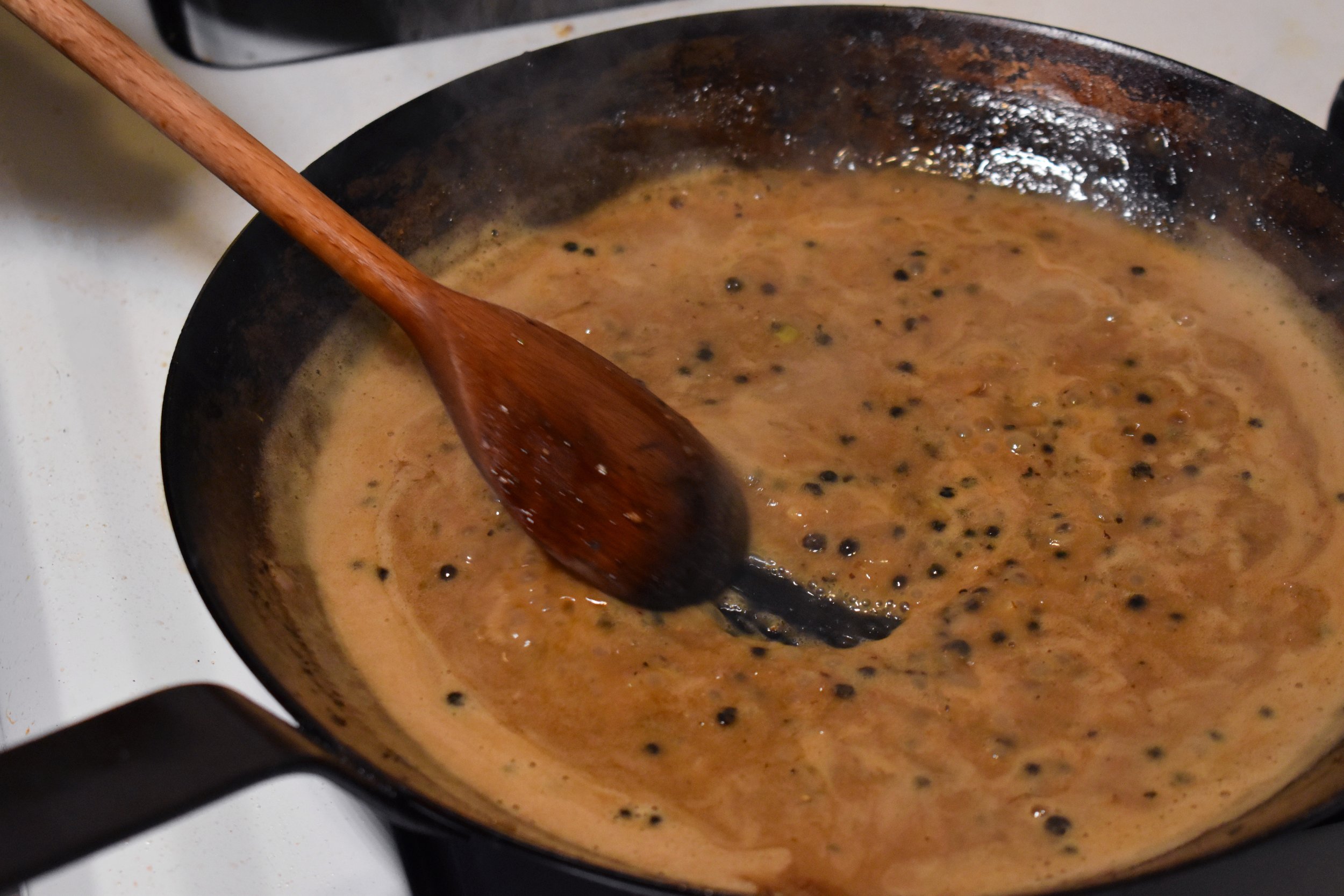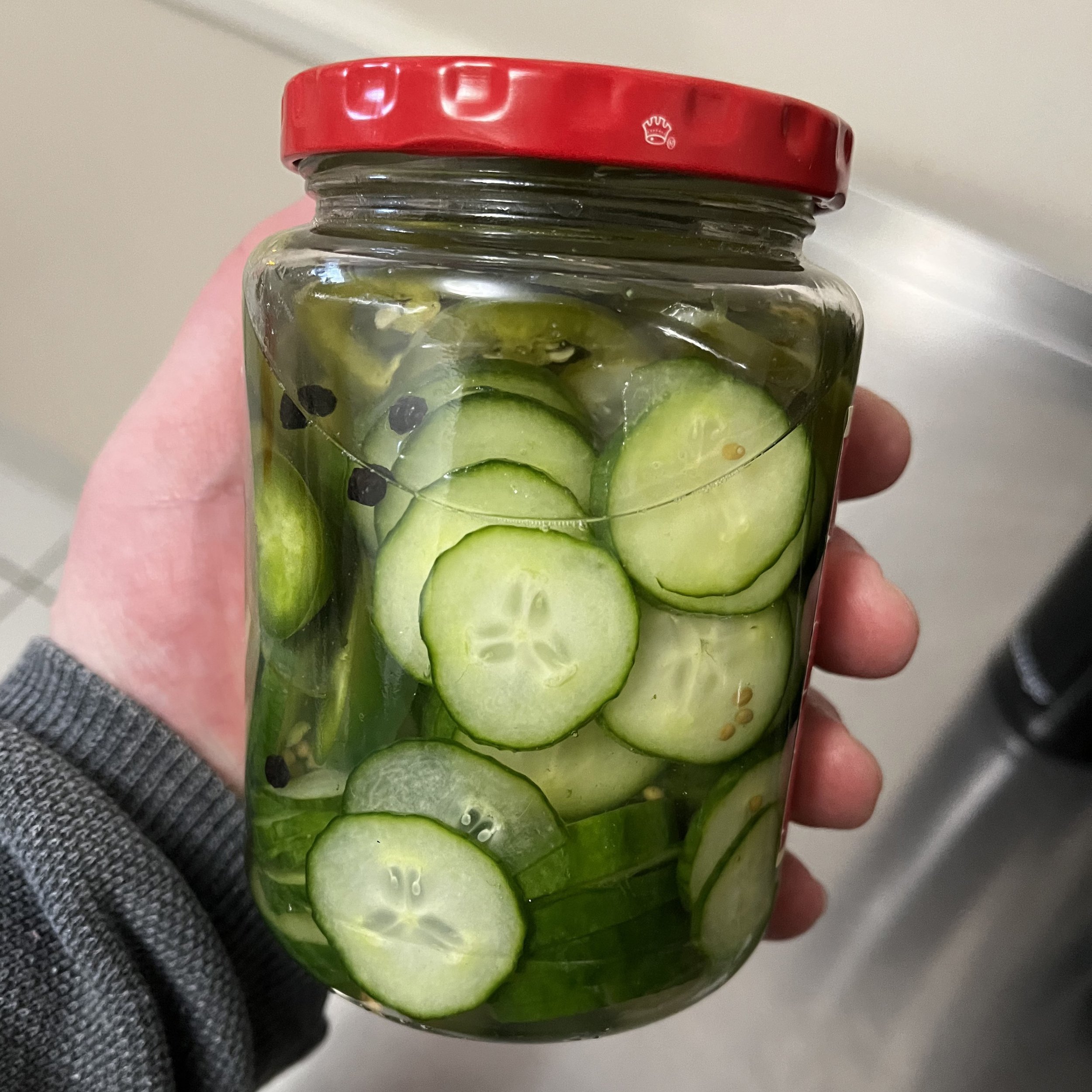by Austin Coe Butler
While many regions of Italy claim ownership over this humble dish, which literally means “hunter’s style chicken,” it originated in Tuscany. Every family has their own “classic” version of this dish. It is also a dish that found popularity in America, where bell peppers, mushrooms, sage, and basil found their way in. Over the years I’ve found I prefer this simple, rustic version of chicken thighs simmered in a rich tomato sauce with briny capers, kalamata olives, and fragrant rosemary.
A curious culinary aside: This is one of the few “authentic” Italian recipes that features chicken. Most of the Italian chicken recipes that spring to mind are usually Italian-American in origin, when immigrants modified vegetable dishes for the abundant and cheap meat they found in the United States, for example substituting chicken for eggplant in “chicken parmesan.” In the cucina povera of Italian cookery, the poor coveted their chickens for their free supply of eggs, which could be cooked in an endless number of ways like frittata or uova in Purgatorio, and, of course, used to create pasta.
Ingredients:
4 chicken legs (You could substitute a whole chicken broken down or your cut of choice)
1 carrot, diced
1 onion, diced
1 rib celery, diced
2 sprigs of rosemary, plucked and chopped
1 cup dry white or red wine
2 tbsp tomato paste
1 500 g can Bianco di Napoli whole, peeled tomatoes, pureed
2 tbsp Les Moulin Mahjoub Wild Mountain Capers, rinsed and chopped
Twenty kalamata olives, pitted and chopped
Make the sofrito. In a large pan over medium-high heat, add a generous amount of olive oil (about 5 tablespoons) and a clove of garlic. Add the carrot, celery, and onion and simmer for about five minutes.
Add the chicken skin side down, nestling it among the sofrito, and sear it for two minutes. Flip and cook for another few minutes.
Add the rosemary and chili while continuing to flip the chicken and stir the sofrito every few minutes until the chicken is nicely browned and the sofrito begins to caramelize. In this way, the sofrito will fry in the rendered chicken fat.
Deglaze with the wine and simmer for a few minutes (2-3) until you no longer smell the alcohol.
Add the capers, olives, and tomatoes.
Dissolve the tomato paste in about a ¼ C. of water and add it to the pan.
Bring the sauce to a boil then cover the pan and drop the heat to low. Let it simmer for 15 minutes.
Uncover the chicken, check for seasoning and adjust as necessary. Simmer for another 15 minutes, adjusting the lid as necessary to thicken the sauce.
Garnish with parsley and serve with a little bread to wipe up all that sauce and fa la scarpetta!










